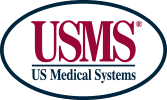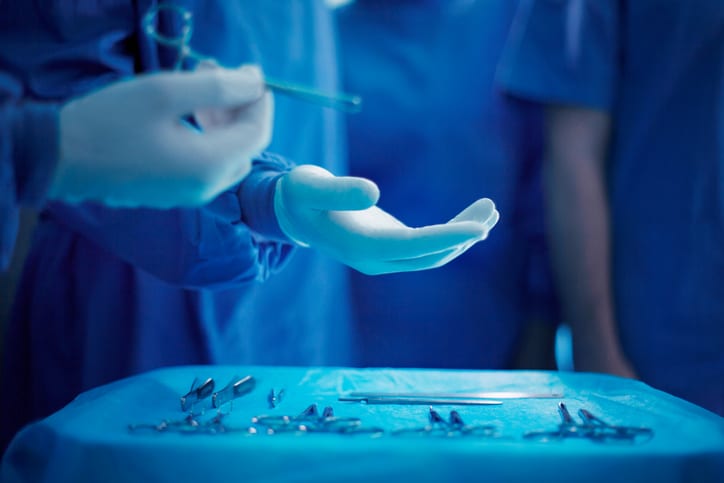Sterilization is the elimination of all microorganisms on medical instruments that come into contact with open wounds, bodily fluids, and mucous membranes. It goes without saying that surgical instruments are the type of devices that will require regular sterilization.
Prior to sterilization, instruments must go through several preliminary stages of cleaning and disinfection. High level disinfection is achieved by boiling or by applying a chemical treatment. Although it’s considered more aggressive, cold solution disinfection is believed to have minimal blunting effects as compared to boiling. Most manufacturers do not recommend cold sterilization since the prolonged immersion in solutions that’s required to achieve sterilization can damage the instruments. Once this occurs, there’s no way to verify their sterility.
Autoclaving is probably the most common, quick, and safe sterilization method. Another thermal processing method is dry heat sterilization. In dry environments, bacterial spores can withstand higher temperatures for longer. This means that more time and higher temperatures are required to achieve sterilization with this method as compared to autoclaving.
Glass bead sterilizing is used as a secondary heat sterilization method for quick treatment of instrument tips or solid metal parts. Infrared sterilization is sometimes used for dental and micro-surgery instruments. This process subjects the instruments to short-term, powerful infrared thermal exposure.
Gas sterilization with ethylene oxide may be used for heat- or moisture-sensitive instruments. This method causes minimal damage. Therefore, it’s used for the treatment of optical, valuable, and precision instruments. However, ETO is a toxic gas and sterilized items must be aerated before use. This lengthens the reprocessing time significantly.
Hydrogen peroxide sterilization is the second-most used low temperature sterilization method. There are 2 types of H2O2 sterilization: One simply uses vaporized hydrogen peroxide and the other also uses plasma generated by electromagnetic radiation. Both types do not leave toxic byproducts and residuals. However, vaporized H2O2 sterilization requires aeration. H2O2 is a strong oxidizer and it may not be suited for certain types of materials.
Proper sterilization and reprocessing protects your instruments as much as possible. However, normal wear and tear will still occur. Surgical instrument repair companies like US Medical Systems will help you keep your instruments in good shape. Your patients will get the highest quality of care and you’ll be able to extend the service life of your instruments. Call us today to learn about our biomedical repair service for surgical instruments.

